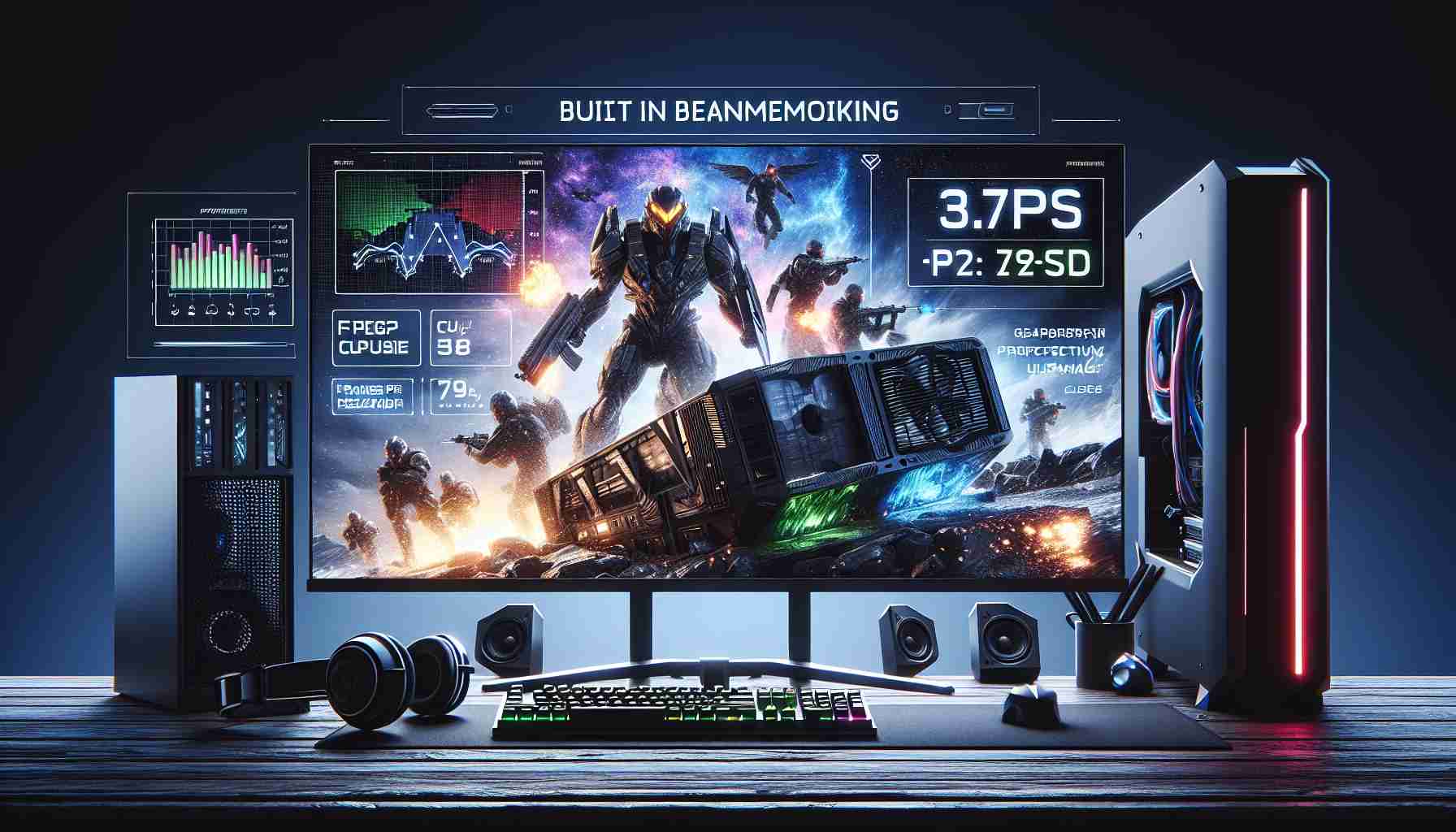In the realm of PC gaming, performance optimization is essential. Gamers continuously strive for the best visual experience while maintaining smooth gameplay. With a plethora of hardware configurations available, finding the ideal game settings can feel overwhelming. Despite advancements in gaming technology, many high-profile games—including the anticipated Warhammer 40K: Space Marine II—are missing a critical feature: a built-in benchmarking tool.
Benchmarking tools are crucial because they provide invaluable insights into how various graphic settings influence performance. When players launch a new title, they often find themselves adjusting resolution, texture quality, and shadow settings to achieve optimal performance. Without an integrated benchmarking system, this becomes a tedious guessing game, often resulting in less than ideal experiences.
Implementing these tools can significantly enhance the gaming experience by offering gamers real-time feedback on frame rates, CPU, and GPU usage. This empowers players to tailor their settings for improved performance. Furthermore, for game developers, having a built-in benchmark reflects a commitment to quality, potentially reducing user-reported performance issues.
For journalists, the absence of standardized benchmarking options complicates game reviews. Reviews built on subjective experiences can mislead potential purchasers. In contrast, accessible benchmarks lead to more consistent reporting, equipping players with the information they need for informed decisions.
In a progressive gaming industry, adopting benchmarking tools should become standard practice, ensuring both players and developers benefit from a more streamlined and satisfying gaming experience.
Additional Facts About Built-In Benchmarking in PC Gaming
– Diverse Hardware Configurations: Players often have a wide range of hardware configurations, from high-end PCs with cutting-edge GPUs to budget setups. Built-in benchmarks can help players understand how their specific hardware will perform with a particular game.
– Community Engagement: Alongside real-time feedback, built-in benchmark tools often allow players to share their results online. This can foster community discussions about performance tweaking and lead to better optimization techniques shared among gamers.
– Potential for Competitive Play: For competitive gamers, built-in benchmarks can inform decisions on whether to adjust graphics settings for better performance in tournaments. Knowing how a game performs on various settings can provide a competitive edge.
Key Questions and Answers
1. Why is built-in benchmarking important for new video games?
– Built-in benchmarking tools help players assess performance early on, allowing them to customize settings effectively and avoid performance issues in gameplay.
2. How do built-in benchmarks benefit game developers?
– They allow developers to identify performance issues and ensure that their game runs optimally across a range of hardware configurations, leading to better user satisfaction and fewer complaints.
3. Can the absence of benchmarking tools affect a game’s reputation?
– Yes, without these tools, a game can be viewed as less user-friendly and received poorly, as players may struggle to optimize their experience.
Key Challenges and Controversies
– Development Time and Resources: Implementing robust benchmarking tools requires additional time and resources during development, which some studios may find challenging to allocate, especially for smaller indie teams.
– Potential Misuse: Some players might misuse benchmarks by optimizing for specific performance metrics that don’t necessarily equate to an overall better experience, focusing too much on numbers rather than gameplay.
Advantages of Built-In Benchmarking
– User Empowerment: Gamers have greater control over their gaming experience, allowing them to tailor graphics settings to their preference and hardware capabilities.
– Improved Game Quality: Developers who utilize built-in benchmarks can refine their games better before release, potentially leading to fewer patches required post-launch.
– Greater Transparency: Benchmarking allows for clear expectations on performance, helping gamers choose titles that will run well on their existing hardware.
Disadvantages of Built-In Benchmarking
– Complexity for Casual Gamers: While power users appreciate detailed benchmarking, casual gamers may find the information overwhelming and unnecessary for their experience.
– Resource Consumption: Benchmarking tools consume resources while running, which can affect the performance outcome if not managed properly.
– Dependence on Stability: If the benchmarking tool itself is buggy, it could lead to misleading results that may further frustrate players.
Suggested Related Links
PCGamingWiki
TechPowerUp
Tom’s Hardware



















